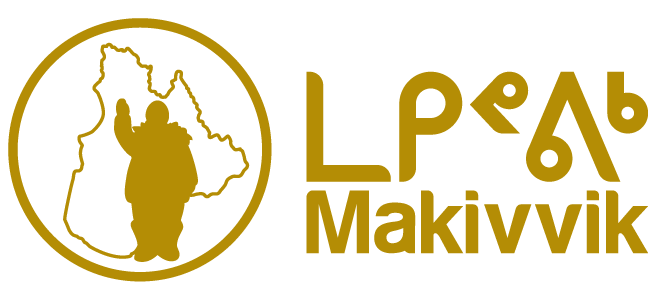By Géraldine Gouin, wildlife disease specialist at the NRC and Benjamin Jakobek,
resident in wildlife health management at the Université de Montréal
The Nunavik Research Centre (NRC) receives roughly 20 animal tissue samples showing signs of disease annually from the Nunavimmiut. Upon receipt of these samples, the NRC performs its own diagnostic tests, and often sends samples to the Centre québécois sur la santé des animaux sauvage (CQSAS), a research centre specializing in wildlife diseases, for further analyses. Any reports that the NRC team receive from the CQSAS are sent directly to whomever submitted the case.
Since 2013, several fish caught in the Koksoak region have been submitted to the NRC. Of these submitted fish, 18 (which includes 15 Atlantic salmon, 2 whitefish and 1 Arctic charr) all had similar lesions: black-to-greenish lesions on the skin, often extending into the internal cavity of the fish. Two fish also had only internal lesions and no (externally visible) lesions on the skin.

This disease is called phaeohyphomycosis and is caused by a fungus which is abundant in the environment. This fungus usually does not cause health problems in fish, except when it opportunistically invades an already-present skin wound.
We think that several factors may explain certain cases of phaeohyphomycosis, including an increased risk of injury or an increase in water temperature. Despite this, infection of wild fish is still rare.
The fact that fish caught in the Koksoak region have been diagnosed with phaeohyphomycosis is intriguing, and further study of this disease is needed. In order to better understand the disease, the NRC, in collaboration with the CQSAS, is seeking to conduct a study with the following objectives:
1) To determine the prevalence of the disease (the number of fish affected) by working with Kuujjuaq fishermen and fishing guides. This would involve NRC staff, sometimes helped by CQSAS, checking their nets to see if any fish are affected by phaeohyphomycosis.
2) To provide training to interested fishermen to enable them to recognize the disease and sample the fish themselves, in order to support the work of the NRC and CQSAS.
3) To meet with fishermen to discuss their observations of the disease in recent years.
4) Since the risks in humans are undetermined at this time, it is not recommended to eat fish affected by phaeohyphomycosis. In order to verify the risks to human health, the CQSAS will check the growth temperatures of the fungus to try and better understand what risk this disease may pose to human health.

If you have any concerns, comments or would like to participate in this study, please do not hesitate to contact Géraldine-G. Gouin (ggouin@makivik.org).
We would like to thank all Nunavimmiut who provided sick fishes, which has allowed us to follow the general health of this important population!




